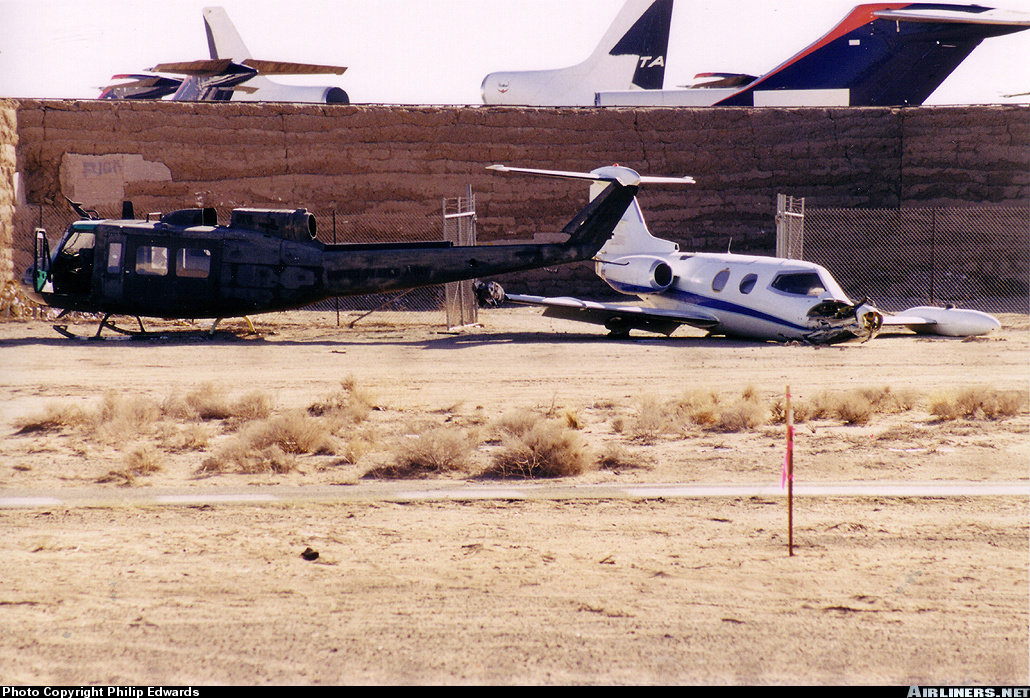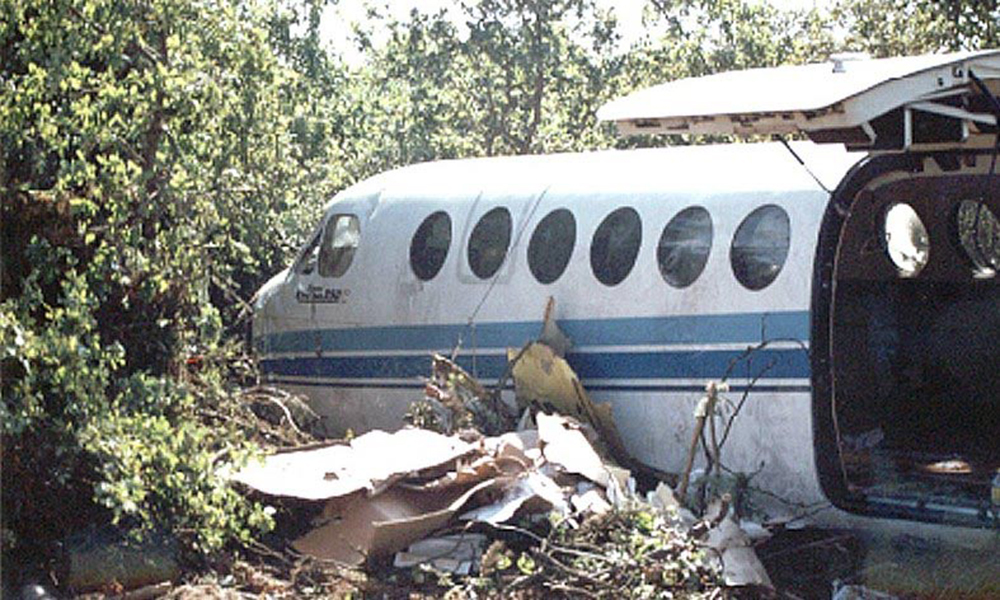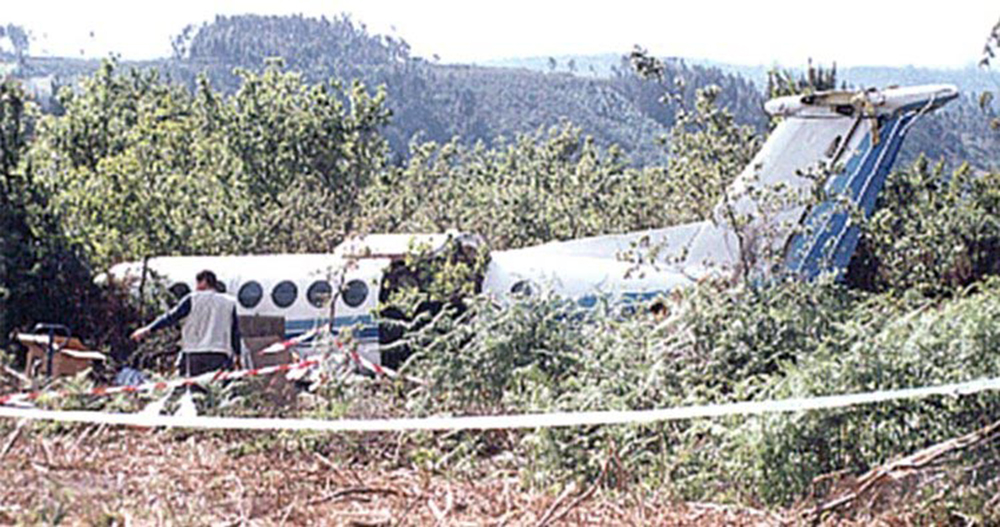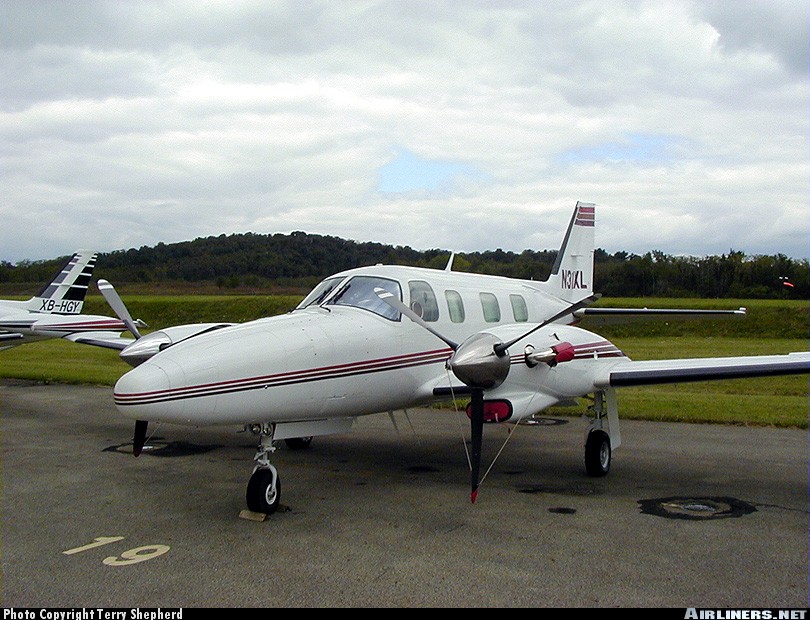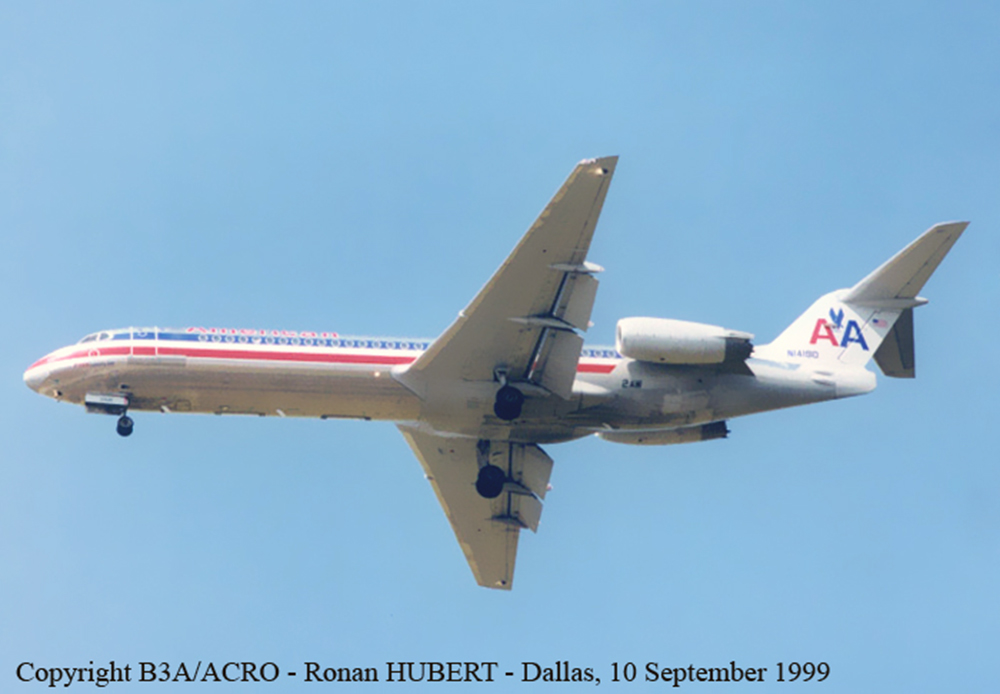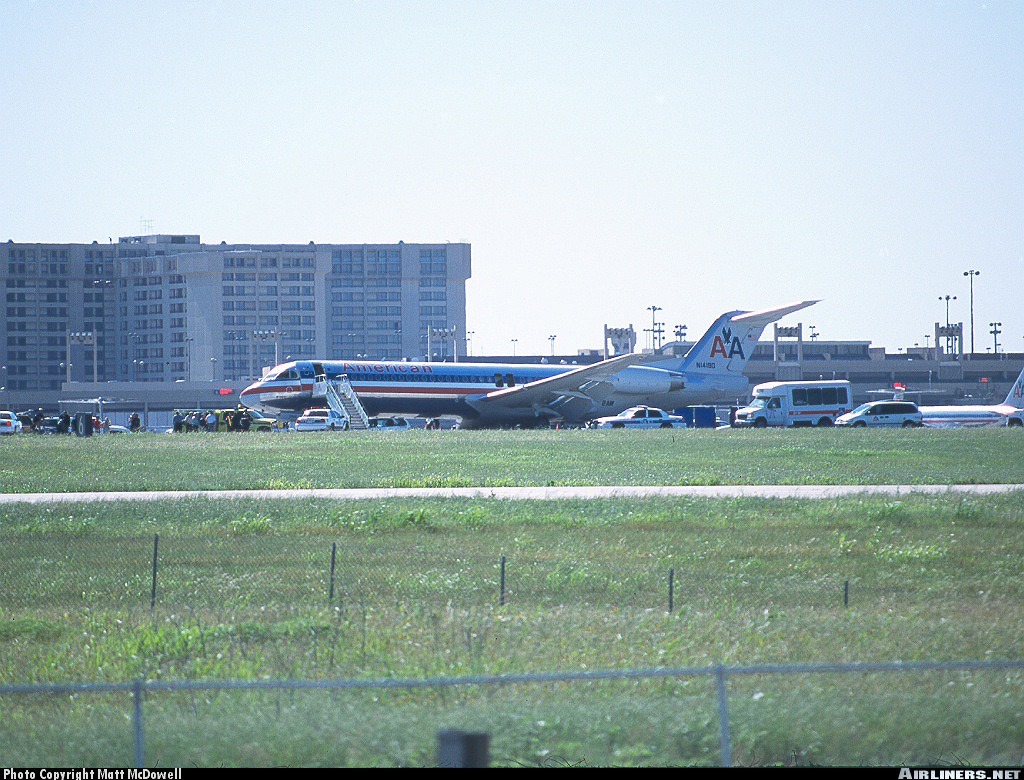Crash of a Learjet 24A in Victorville
Date & Time:
Jun 7, 2001 at 1140 LT
Registration:
N805NA
Survivors:
Yes
Schedule:
Victorville - Victorville
MSN:
24-102
YOM:
1966
Crew on board:
2
Crew fatalities:
Pax on board:
1
Pax fatalities:
Other fatalities:
Total fatalities:
0
Captain / Total hours on type:
40.00
Copilot / Total hours on type:
10
Aircraft flight hours:
10679
Circumstances:
The copilot inadvertently induced a lateral oscillation and lost control of the airplane while practicing touch-and-go landings. The pilot made the first touch-and-go. The copilot successfully made the second touch-and-go. The copilot attempted the third touch-and-go. At 50 feet, he disengaged the yaw damper and entered a pilot induced lateral oscillation. The airplane rapidly decelerated and developed a high sink rate. The airplane dragged the right tip fuel tank, which separated from the airplane, and the airplane bounced back into the air. The airplane landed hard, the main landing gear collapsed, and the airplane skidded to a stop off the right side of the runway. Both pilots and the passenger deplaned through the main entry door. The pilot-in-command had not demonstrated the handling characteristics of the airplane with the yaw damper off, and he felt he did not react quickly enough to prevent the accident.
Probable cause:
The copilot inadvertently induced a lateral oscillation resulting in an in-flight loss of control. The pilot-in-command failed to adequately supervise the copilot.
Final Report:
